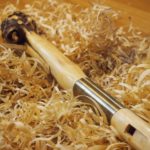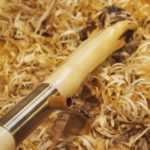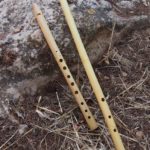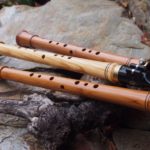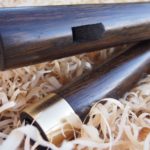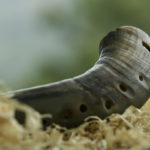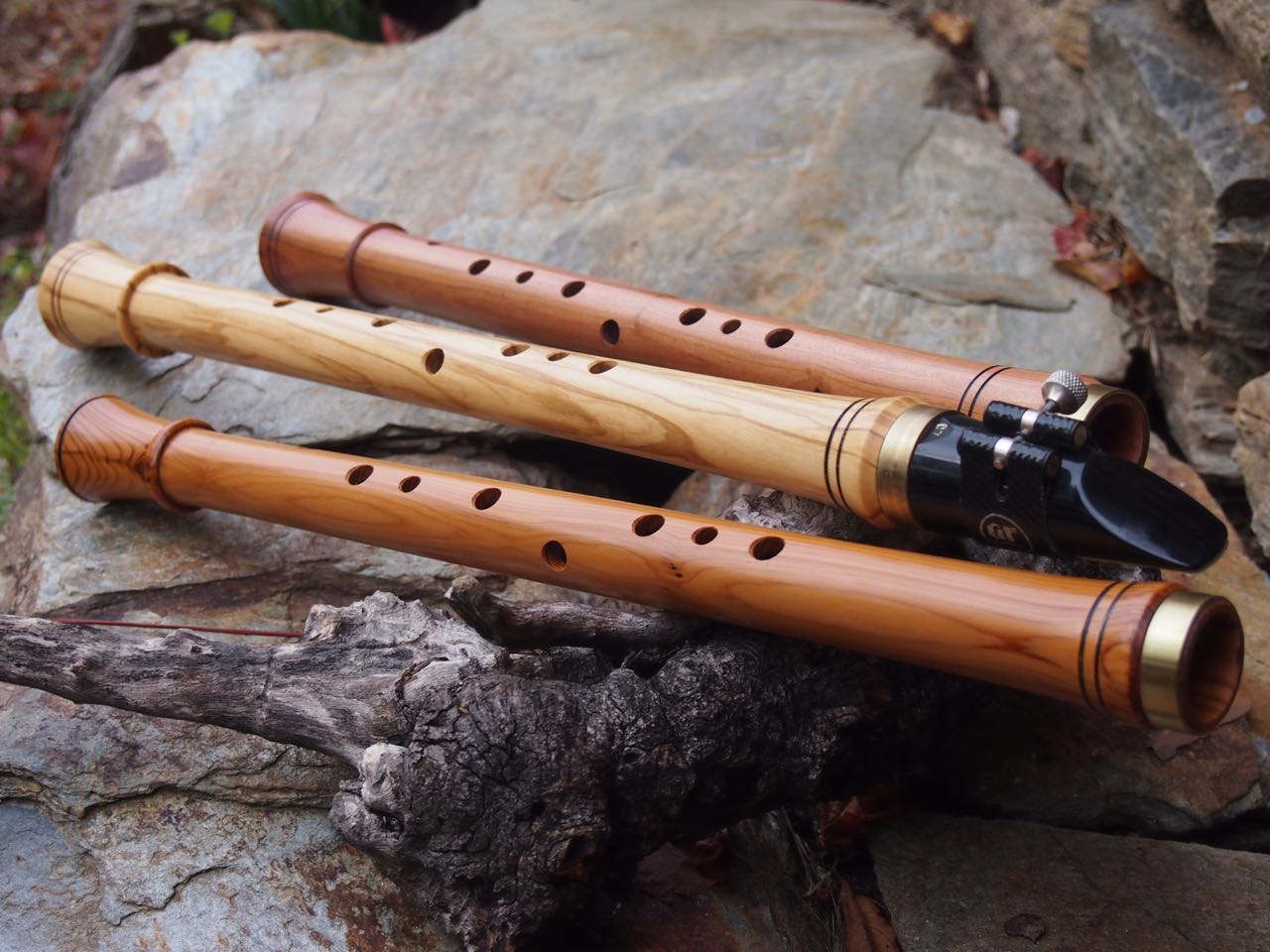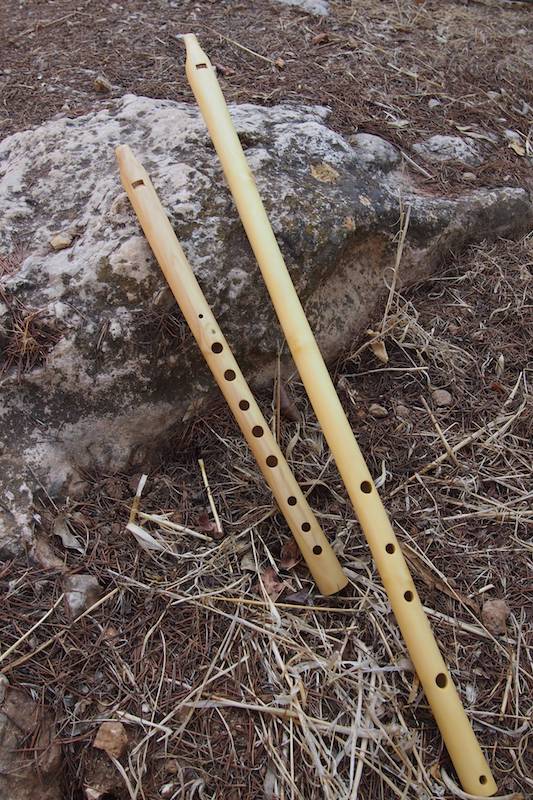I like to experiment so sometimes I have other flutes at exhibitions or in my workshop.
Native American Lakota love flute
Multi-tuned triple-flutes
Algoze/Satara - double-flutes
Chalumeaux - Elder-clarinet
Hiking-stick flutes
Hornpipes
Chalumeau
It is a reed instrument with a sound similar to a clarinet, saxophone or duduk.
It’s similar to a Clarinet with a separate detachable mouthpiece and made out of a single piece of wood.
Its acoustic pattern goes from soft and gentle to powerfully loud.
It has 9 finger-holes and a register of over 2 octaves which can be extended by over-blowing.
I make them in C and G.
Native American Lakota love flute
Its soft and airy sound is enchanting, thus the name 'love flute'. They have 5 or 6 finger-holes and are tuned to a minor pentatonic. This makes them very easy to play and they always sound tuneful and harmonious. They've even helped some people become flute-players.
A special version is the double-flute, where a second flute that plays the tonic is bound to a chanter.
Algoze/Satara - double-flutes
The Satara and Algoze double-flutes have their origins in Pakistan and Rajasthan. It has differing names according to the region.
Both these types of double-flute are played in a similar way to a didgeridoo using a circular breathing technique. In other words the airflow is constant and uninterrupted. They have a notably airy sound and are mostly played in a very rhythmic way.
The drone (bourdon) on the Satara plays the tonic of the chanter. The drone on the Algoze is one octave deeper.
Satara in Mirepoix, South-France
and in Jerusalem, Israel



